The 15 biggest waves ever surfed
What is the biggest wave ever surfed? Big waves are the Everest of surfing. Discover who, when and where male and female daredevils rode the largest waves of all time.
In a discipline like big wave surfing, size does matter, as it is often proportional to the level of risk involved.
The history of riding big waves dates back to the 1950s when Greg Noll broke the so-called "Waimea Bay Taboo" and 12 years later paddled into a 35-foot wave at Makaha, Oahu.
Noll was not the first to brave big waves, but he is certainly one of the distinguished pioneers.
Since then, the quest to push the limits of wave riding led to consecutive and additional "increments of fear," as Buzzy Trent once put it.
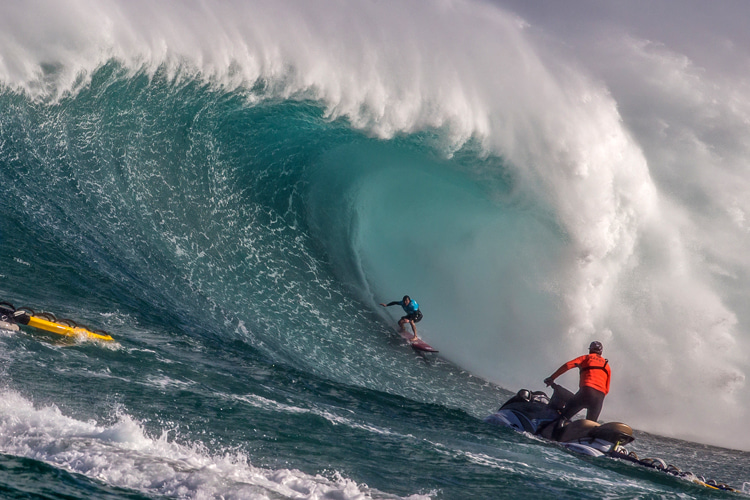
The History of the XXL Big Wave Awards
"The XXL Awards began as one award for the biggest wave that a surfer paddle into," notes Benjamin Marcus, author of the book "Extreme Surf."
"The idea was to eliminate rumor and rough guesses, isolate the photos and moving images of the largest waves ridden that year, and let a panel of judges calibrate the photos, compare, contrast, and decide once and for all how big is big."
The founder of the XX Awards was Bill Shaper, a former editor of Surfing Magazine and Newport's The Wedge giant wave specialist.
The XXL Awards event kicked off in the 1997-1998 winter season - an El Niño year - sponsored by K2, a winter sports company moving into the surf industry.
The $50,000 check for the biggest wave was an appealing treat.
"Critics portrayed the much-hyped event as demeaning and potentially dangerous, saying the cash prize might cloud a rider's judgment," underlines Matt Warshaw, author of "The Encyclopedia of Surfing."
"Sharp and K2 ignored such remarks and hit the marketing jackpot, as the big wave challenge was covered by the Los Angeles Times, CNN, Time, and Sports Illustrated."
Tow-in surfing was not yet a valid tactic, so all the 60-foot plus waves ridden on the North Shore in January 1998 were discarded from the competition.
The world's first official record was set on February 17, 1998, at the Reef Big Wave Team World Championship held in Todos Santos, Mexico.
"Taylor Knox sat outside waiting for one of those inconsistent bombs that had been catching everyone inside all day long," Marcus recalls.
"Knox had timing on his side, and he dropped into a massive, rearing vertical wall of water and held it together for a ride that would be featured simultaneously on the covers of the major surfing magazines."
The prize was awarded to the American power surfer for a wave estimated to be 52 feet high from trough to crest.
From that year, the XXL Awards added additional categories, including "Biggest Tube Ride," "Worst Wipeout," "Best Overall Performance," and others.
The XXL Awards put an end to the informal and ambiguous system of weights and measures used by surfers until then to assess the size of waves.
In 1998, judges introduced a formula that featured body scale combined with feet and inches.
"If a wave was ten times overhead, and the surfer was six feet, then the wave was 60 feet from trough to top - as measured from the front," adds Benjamin Marcus.
There were still issues that needed to be addressed.
"Waves photograph as differently as fashion models - some waves are tall, some have longer bottoms, some are lippy. And angle is everything."
The road to a more objective analysis would prove to be very long.
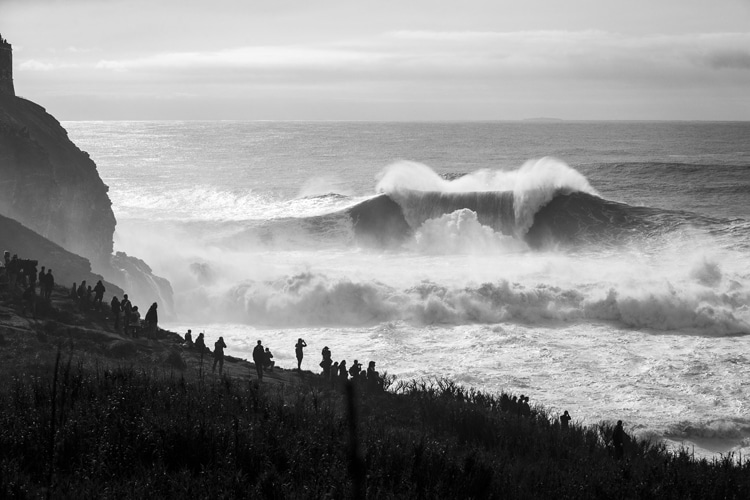
A Scientific Approach to Wave Measurement
In 2020, World Surf League (WSL) introduced a methodology for wave height measurement.
The idea is to set a standard formula for measuring big wave rides across the world's most extreme surf breaks.
The professional circuit teamed with researchers at the Scripps Institution of Oceanography and the University of Southern California to produce a document that allows judges to compare and estimate wave heights.
The document involves analysis of several variables such as tides, sunlight conditions, video and photographic imagery, athlete's height, jet ski dimensions, etc.
In the end, the goal is to be able to provide the most accurate approximation of the nominal wave height.
The conclusions are then sent to the Guinness World Records whenever a potential new record is broken.
The Biggest Waves Ever Ridden
Let's take a look at the 15 biggest surfing waves of all time, according to the official measurements made at the time of each stunt.
1. Rodrigo Koxa (BRA) | November 8, 2017 | Praia do Norte, Nazaré, Portugal | 80 feet (24.38 meters)
2. Garrett McNamara (HAW) | November 1, 2011 | Praia do Norte, Nazaré, Portugal | 78 feet (23.77 meters)
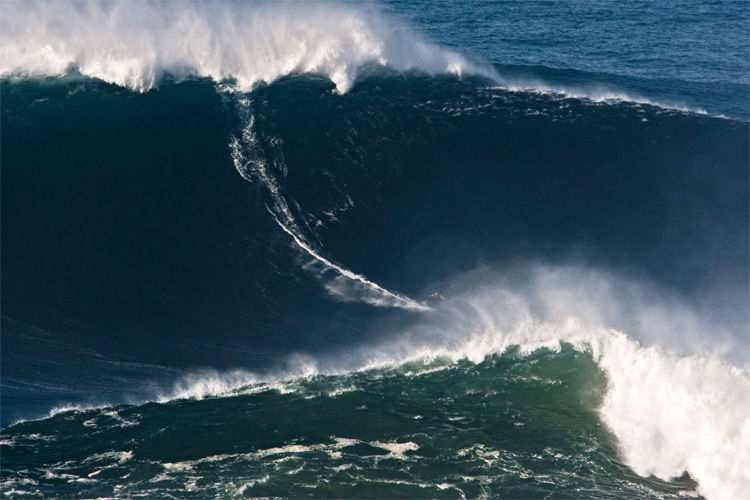
3. Mike Parsons (USA) | January 5, 2008 | Cortes Bank, United States | 77 feet (23.46 meters)
4. Maya Gabeira (BRA) | February 11, 2020 | Praia do Norte, Nazaré, Portugal | 73.5 feet (22.40 meters)
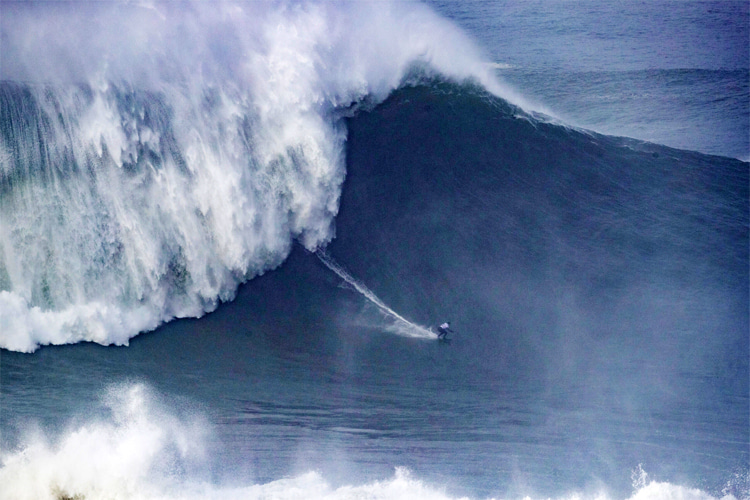
5. Francisco Porcella (ITA) | Praia do Norte, Nazaré, Portugal | October 24, 2016 | 73 feet (22.25 meters)
6. Sebastian Steudtner (GER) | Praia do Norte, Nazaré, Portugal | December 11, 2014 | 71 feet (21.64 meters)
6. Yuri Soledade (HAW) | Peahi/Jaws, Maui, Hawaii | February 25, 2016 | 71 feet (21.64 meters)
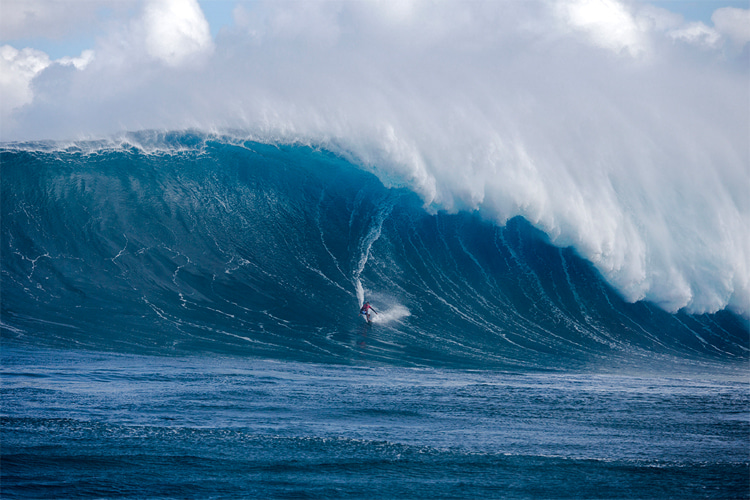
7. Justine Dupont (FRA) | February 11, 2020 | Praia do Norte, Nazaré, Portugal | 70.5 feet (21.48 meters)
8. Pete Cabrinha (HAW) | Peahi/Jaws, Maui, Hawaii | January 15, 2016 | 70 feet (21.33 meters)
8. Kai Lenny (HAW) | February 11, 2020 | Praia do Norte, Nazaré, Portugal | 70 feet (21.33 meters)
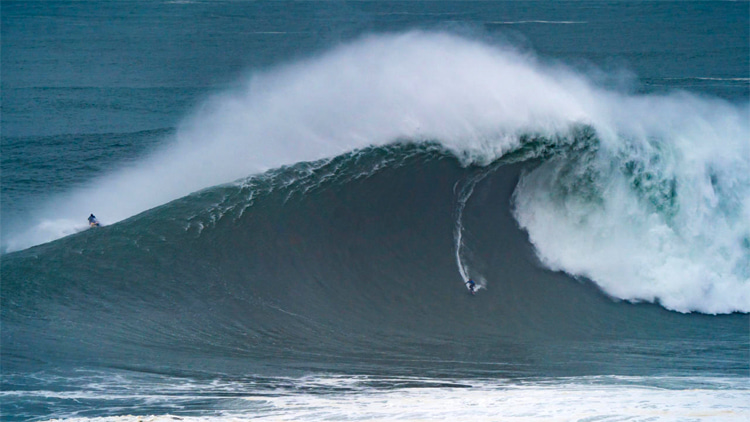
9. Carlos Burle (BRA) | Mavericks, Northern California, United States | November 21, 2001 | 68 feet (20.72 meters)
9. Brad Gerlach (USA) | Todos Santos, Mexico | 2006 | December 21, 2005 | 68 feet (20.72 meters)
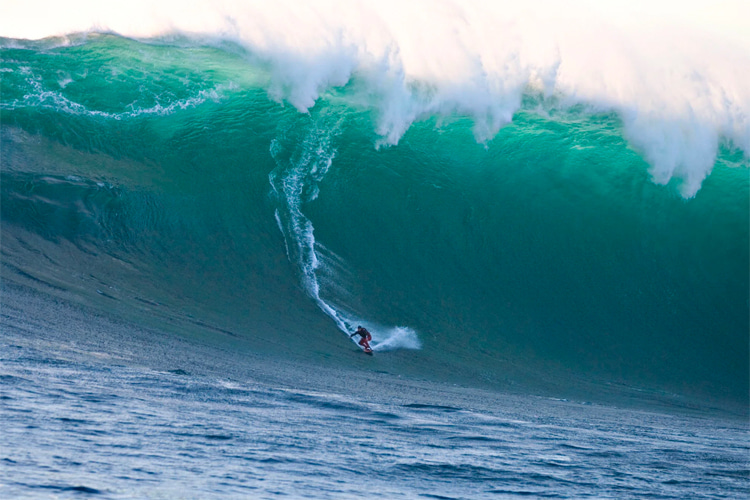
9. Maya Gabeira (BRA) | Praia do Norte, Nazaré, Portugal | January 18, 2018 | 68 feet (20.72 meters)
10. Benjamin Sanchis (FRA) | Belharra, France | February 16, 2011 | 67 feet (20.42 meters)
11. Mike Parsons (USA) | Cortes Bank, United States | January 19, 2001 | 66 feet (20.11 meters)
11. Makua Rothman (HAW) | Peahi/Jaws, Maui, Hawaii | November 26, 2002 | 66 feet (20.11 meters)
11. Sebastian Steudtner (GER) | Peahi/Jaws, Maui, Hawaii | December 7, 2009 | 66 feet (20.11 meters)
12. Greg Long (USA) | Dungeons, South Africa | July 30, 2006 | 65 feet (19.81 meters)
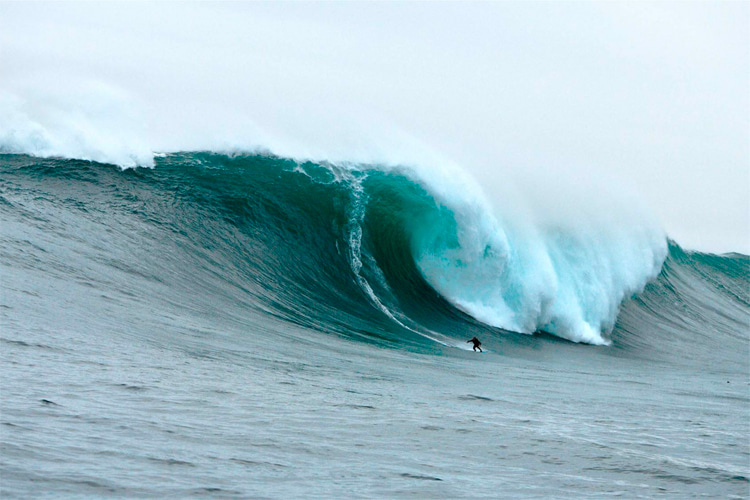
13. Mike Parsons (USA) | Peahi/Jaws, Maui, Hawaii | January 7, 2002 | 64 feet (19.50 meters)
14. Aaron Gold (HAW) | Peahi/Jaws, Maui, Hawaii | January 15, 2016 | 63 feet (19.20 meters)
15. Grant Baker (RSA) | Tafelberg Reef, South Africa | August 9, 2008 | 61 feet (18.59 meters)
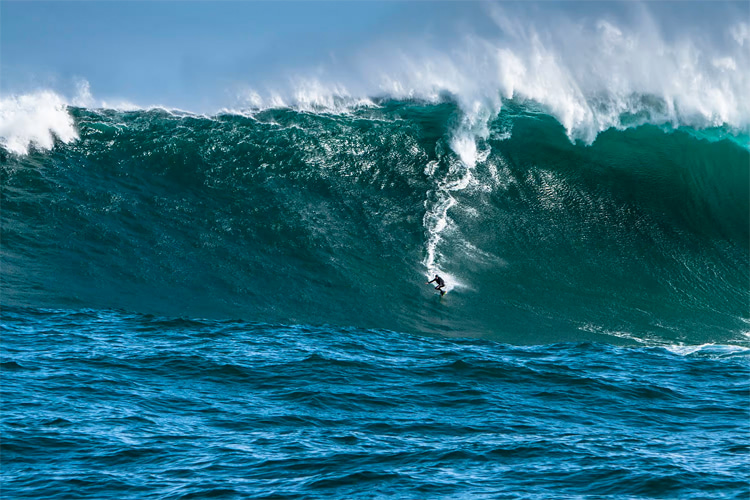
15. Shawn Dollar (USA) | Cortes Bank, United States | December 21, 2012 | 61 feet (18.59 meters)
Unofficial Records and Claims
Through time, several surfers claimed to ridden better and bigger waves than the ones validated by the professional surfing circuit.
For instance, on July 28, 1998, Ken Bradshaw took off on a huge wave at Outside Log Cabins reef in Waimea Bay, Hawaii.
The wave was estimated at 85 feet (25.9 meters), but the height was never officially recognized.
In January 2013, Garrett McNamara could have improved the world record that had been set by himself on November 1, 2011, at Praia do Norte, Nazaré - 78 feet (23.8 meters).
But the wave was never officially submitted as a potential world record-breaker.
On December 14, 2018, Tom Butler took off on a humungous wall of water at the infamous Portuguese surf break.
Several independent sources stated that the British had ridden a 100-foot wave at Praia do Norte, but WSL disagreed.
Also, on October 29, 2020, Portuguese big wave rider António Laureano caught a monstrous wave at Nazaré that was later analyzed by the University of Lisbon's Faculty of Human Kinetics (FMHUL).
The researchers used "fine-tuned and scientifically relevant" software to measure ocean waves and reached a conclusion.
Laureano had surfed a 101.4-foot wave (30.9 meters).
Once again, WSL ignored the claim, and the stunt's height was not declared valid.
The ultimate big wave surfing challenge - the 100-foot wave (30.4 meters) - is still officially up for grabs.
Who will take the top honors?
Related Posts
By accepting you will be accessing a service provided by a third-party external to https://oc3anclub.com/

